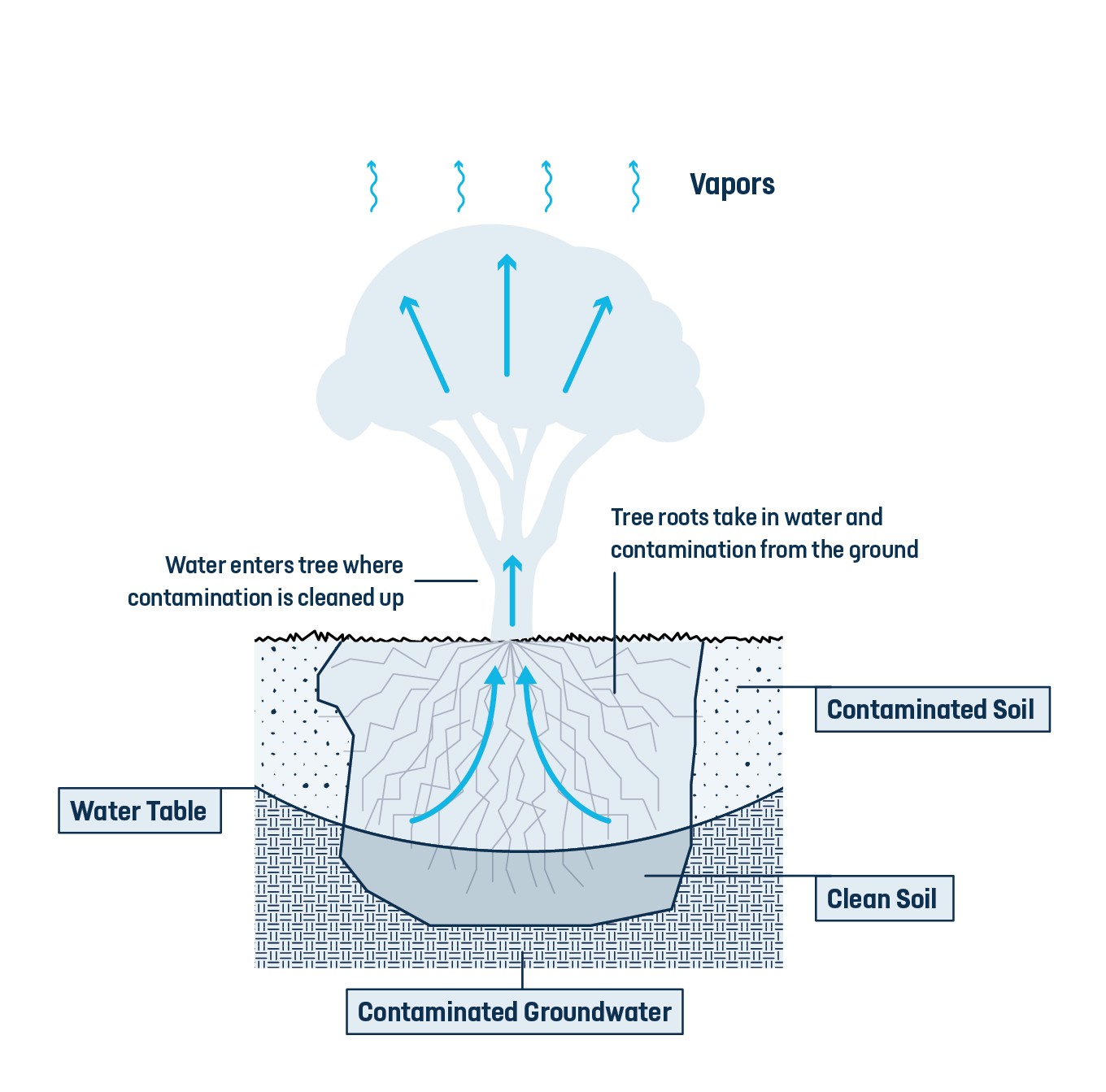The Value of Trees
Humans are innately drawn to nature. From a design standpoint, we’ve seen biophilia and wellness trends that focus on bringing the outside in through interior planting, easy outdoor access, and other amenities. The natural world has many proven benefits, such as positive effects on our mental and physical health and offering us respite from our often busy lives. Because of this, focusing on the exterior landscape is just as important as focusing on the interiors of a building. According to SMMA’s Landscape Architects, sites can strategically be designed to accomplish many goals that buildings themselves cannot. In fact, one of the most inexpensive contributors to these benefits is something we see every day: trees.



